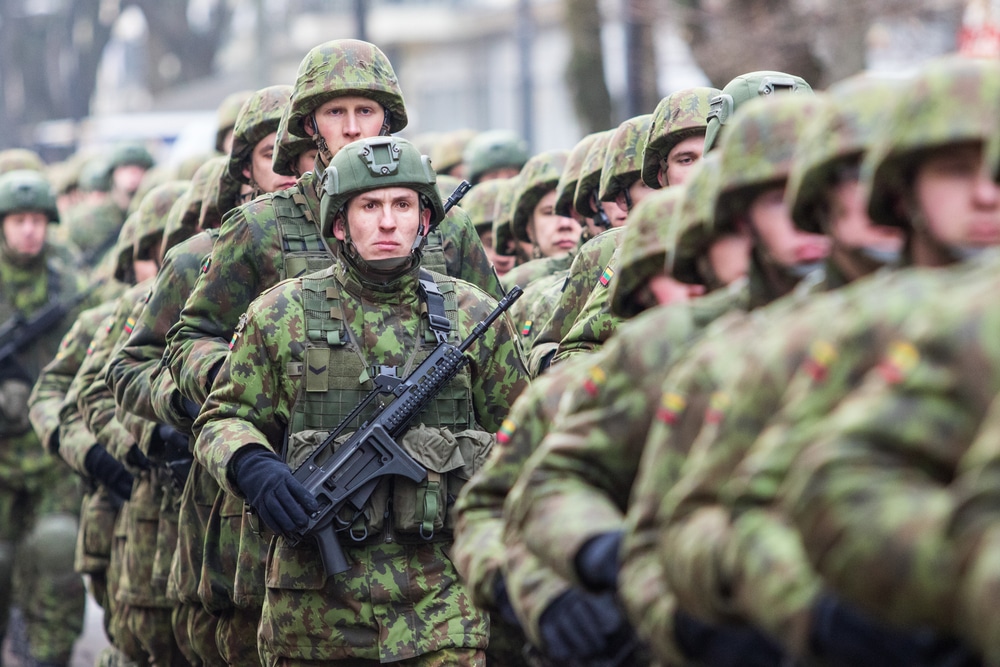NATO has amassed 30,000 troops 200 aircraft and 50 warships near Russia’s border for military exercises risking Mad Vlad’s rage. The drill named Cold Response has kicked off today in Norway amid escalating tensions between Russia and the West over the invasion of Ukraine.
According to TheSun, The exercise includes 30,000 troops from more than 25 countries from Europe and North America, 200 aircraft, and 50 vessels. The largest Nato exercise which is held just a few miles from the Russian border was planned long before Moscow’s invasion of Ukraine but its significance has now been heightened.
“This exercise is extremely important for the security of Norway and its allies. We will practice an allied reinforcement of Norway”, Norwegian Defence Minister Odd Roger Enoksen. “It is not being held because of the Russian authorities’ attack on Ukraine, but given the backdrop, there is a heightened significance.”
“This exercise is extremely important for the security of Norway and its allies. We will practice an allied reinforcement of Norway”, Norwegian Defence Minister Odd Roger Enoksen told AFP.
The guardian of NATO’s northern border in Europe, Norway is keen to test how it would manage Allied reinforcements on its soil, in line with Article 5 of NATO’s charter, which requires member states to come to the aid of another member state under attack. Neighbouring Sweden and Finland, which are officially military non-aligned but increasingly close partners of NATO, will also participate in Cold Response, which will conclude on April 1.
“I find it totally normal, perhaps now more than ever, to train together to demonstrate our capacity and our willingness to defend our values and our way of life”, stressed General Yngve Odlo, head of Norway’s Joint Headquarters and in charge of Cold Response.
On the Russian side of the 196-kilometer (121-mile), Arctic border that separates it from Norway is the Kola Peninsula, home to the Northern Fleet and a large number of nuclear weapons and military installations. “There is no explicit military threat against NATO or Norwegian territory”, Enoksen said, but “the situation in Europe is more unpredictable than it has been in a long time.”










